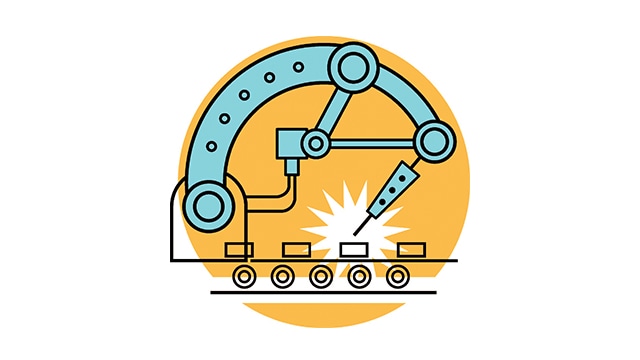Buy vs. build for banking technology has been saved

Close

Operate with confidence and accelerate nCino adoption
How to win the final game in the nCino transformation journey
false

Close

nCino Diagnostic
Banks have implemented the nCino platform with the intent of delivering a world-class lending experience
false











